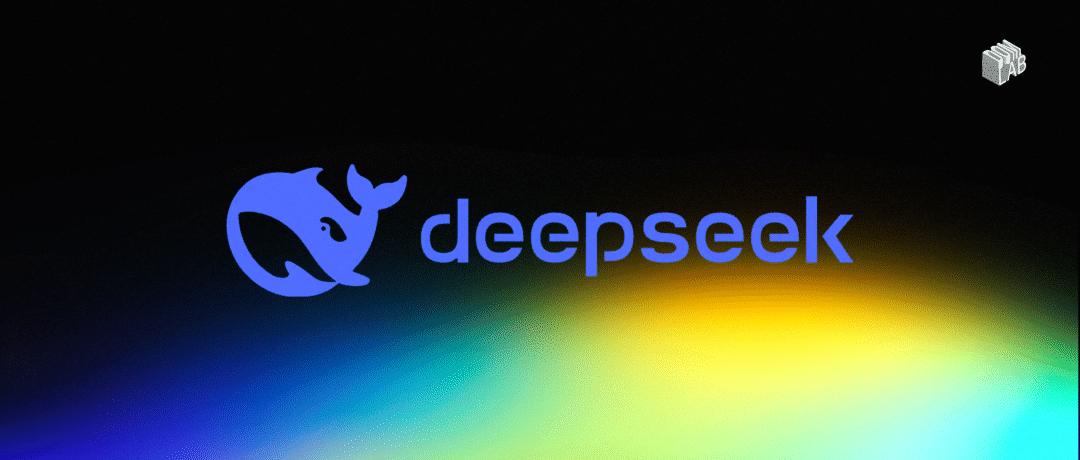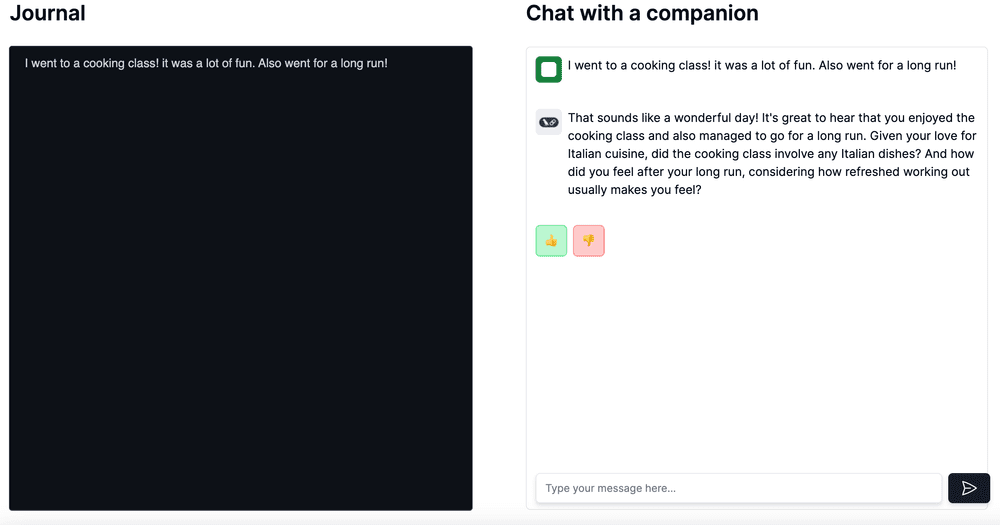It's not the cue words that you have to learn to analyze business data using big models, it's these...
Utilizing big models for business data analysis is nothing more than generating text, SVG, Python, and it may not be the cue word that people need to learn these 9 models!
1.AARRR model (Pirate model) 2.RFM model 3.Decision tree model 4.PEST analysis model 5.Cluster analysis model 6.Logistic regression model 7.Time series analysis model 8.5W2H model 9.Pareto model (the principle of two-eight)
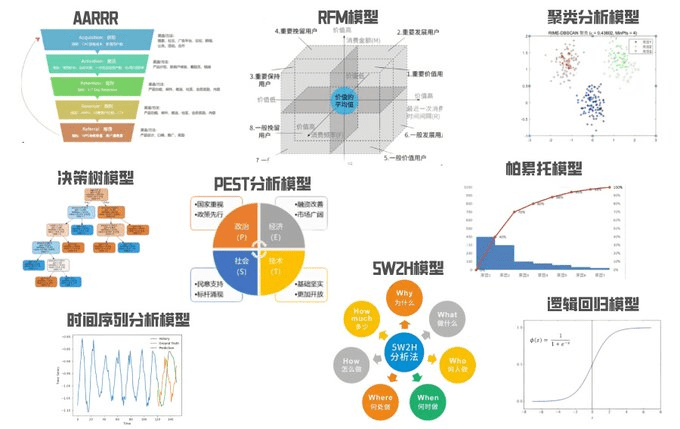
1. AARRR model (pirate model)
The AARRR model divides user growth into five stages: Acquisition, Activation, Retention, Revenue and Referral.
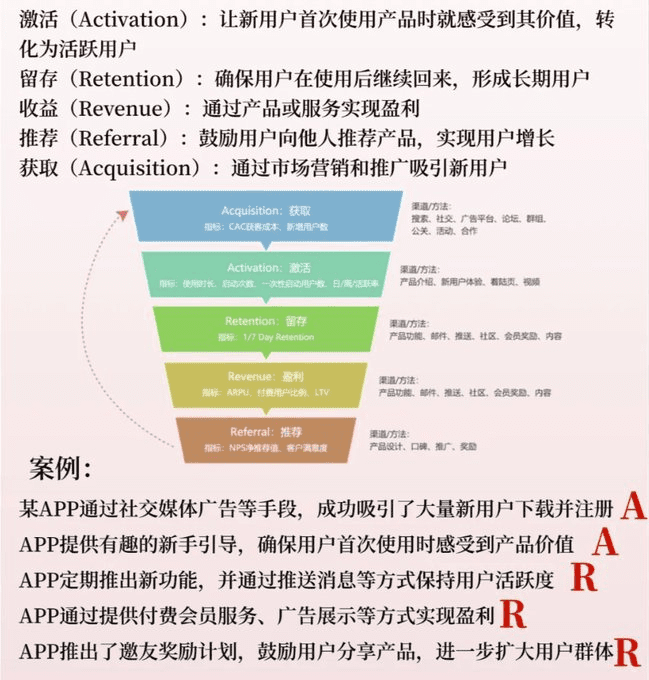
2. RFM model
Evaluates the value of a user based on three dimensions: the user's most recent consumption (Recency), the frequency of consumption (Frequency) and the amount of money spent (Monetary).
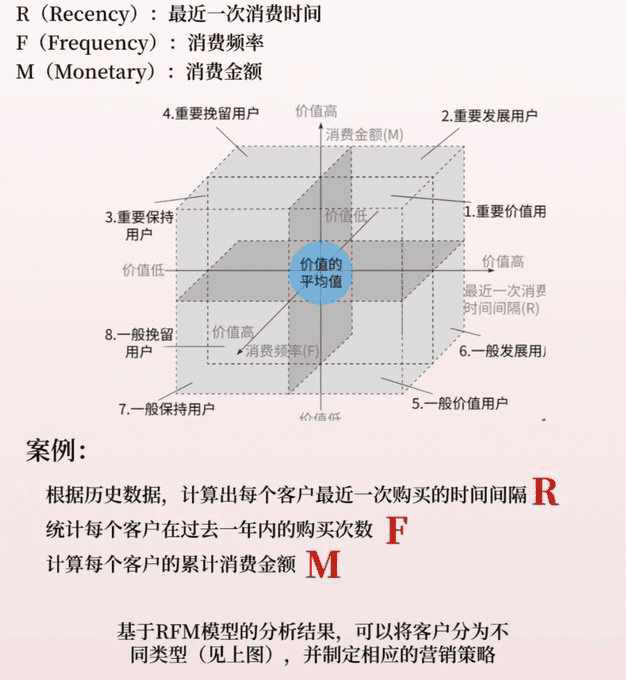
3. Decision Tree Modeling
A tree-structured model that classifies or predicts data by a set of rules
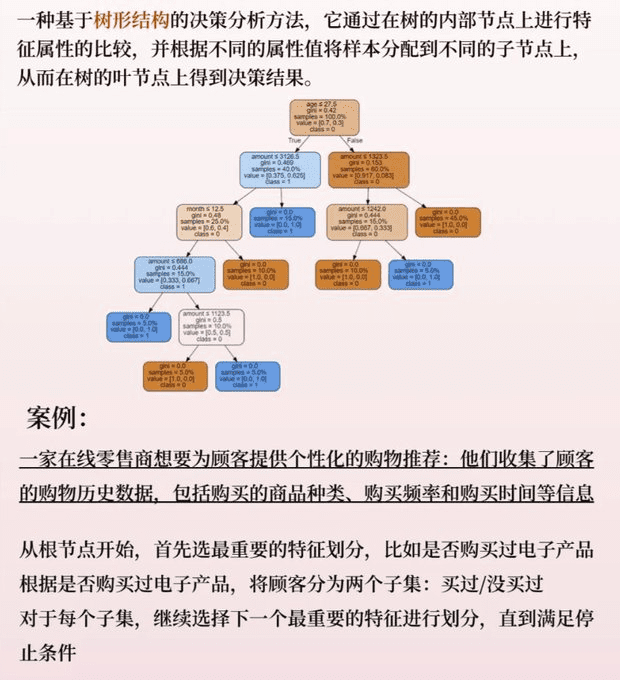
4. PEST analysis model
Analyze the impact of the external macro-environment on enterprises from four aspects: political, economic, social and technological.
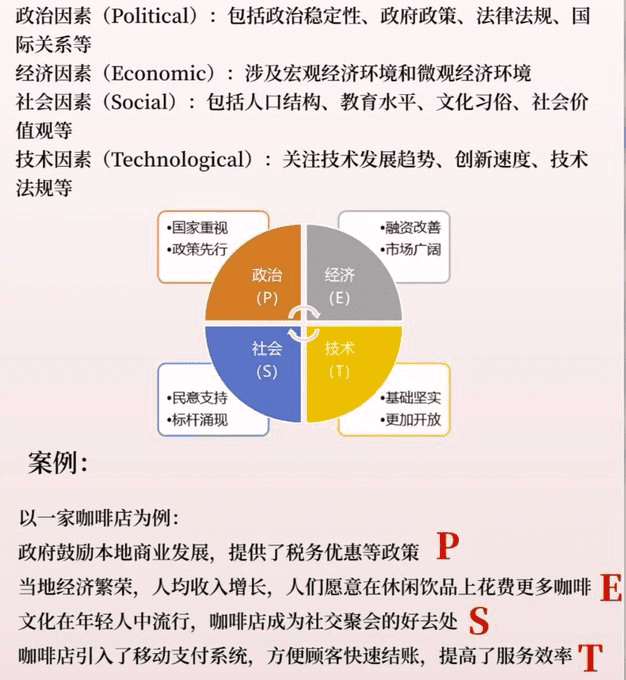
5. Cluster analysis model
Aggregate similar data objects into multiple classes or clusters so that objects within the same cluster are as similar as possible and objects between clusters are as different as possible
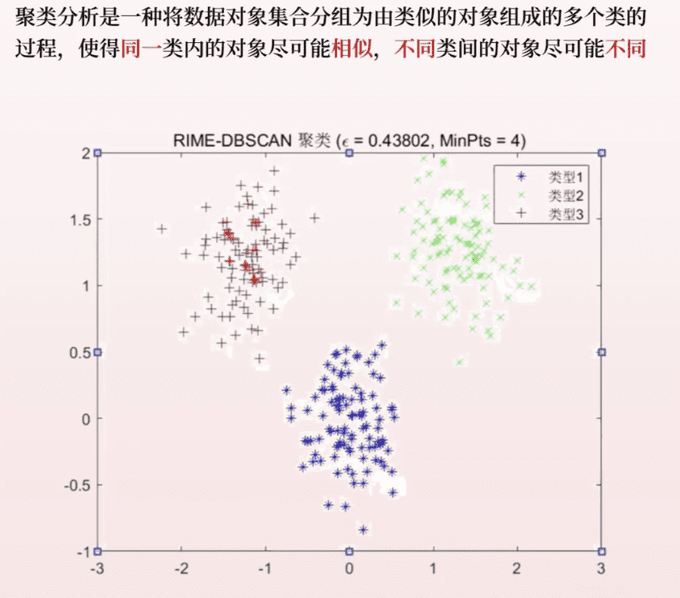
6. Logistic regression model
A method of statistical analysis used to examine the relationship between one or more independent variables and a dependent variable and to predict the value of the dependent variable
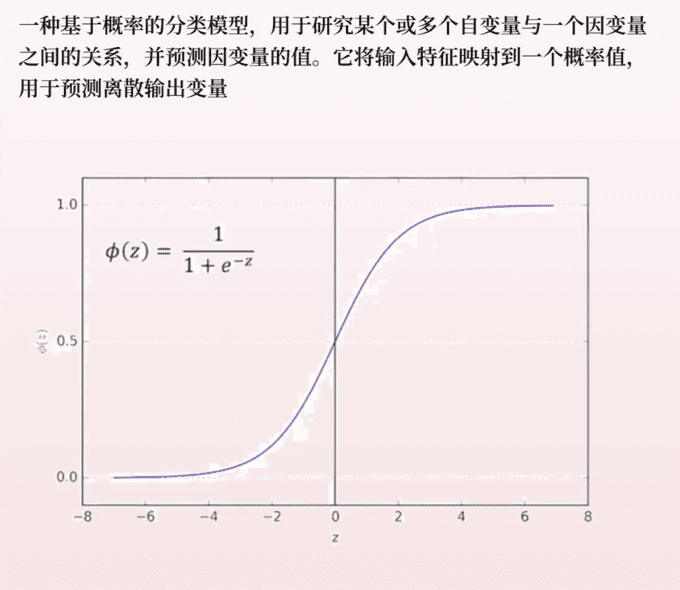
7. Time series analysis model
Analyze trends, cycles and seasonality of data based on time series data (data arranged in chronological order)
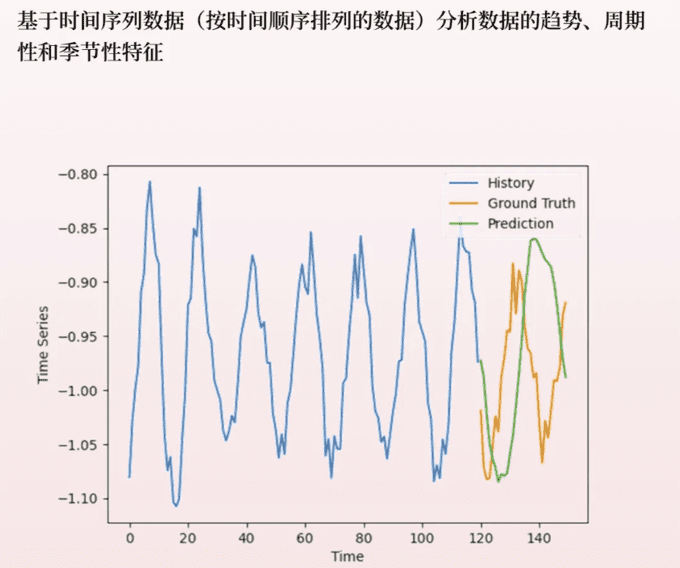
8.5W2H model
Includes seven questions: What, Why, Who, When, Where, How, How much, used to fully analyze the problem
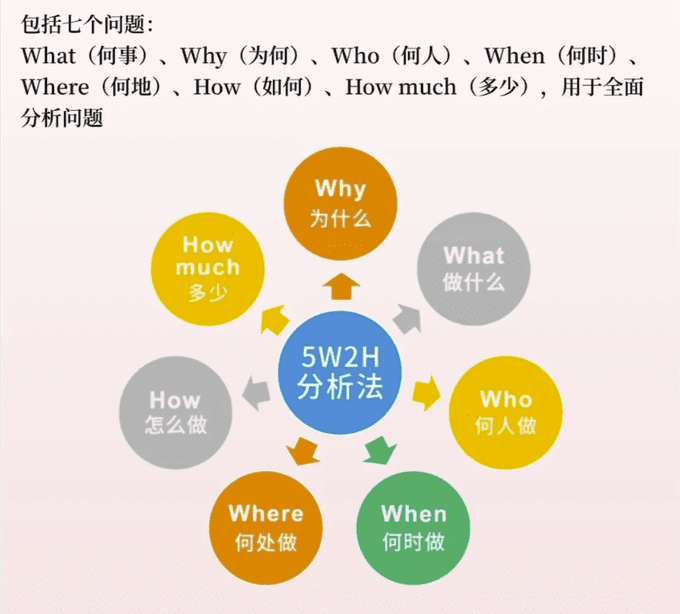
9. Pareto model (principle of two-eight)
Also known as the 80/20 rule, it states that causes of approximately 201 TP3T usually lead to the occurrence of 801 TP3T results
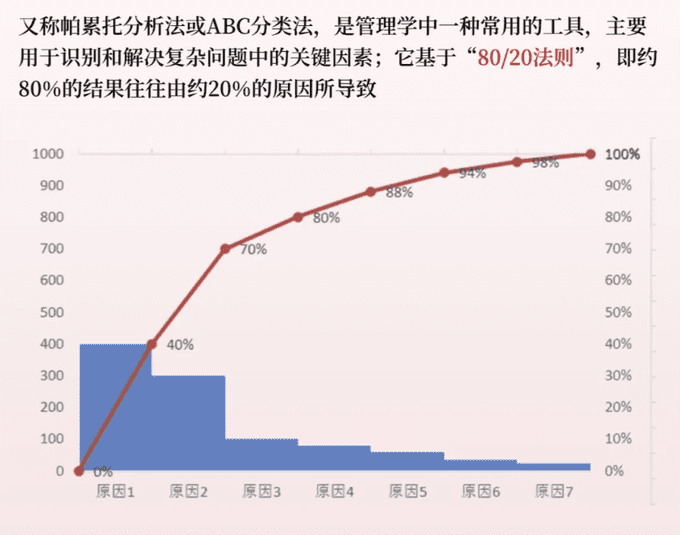
© Copyright notes
Article copyright AI Sharing Circle All, please do not reproduce without permission.
Related posts

No comments...

